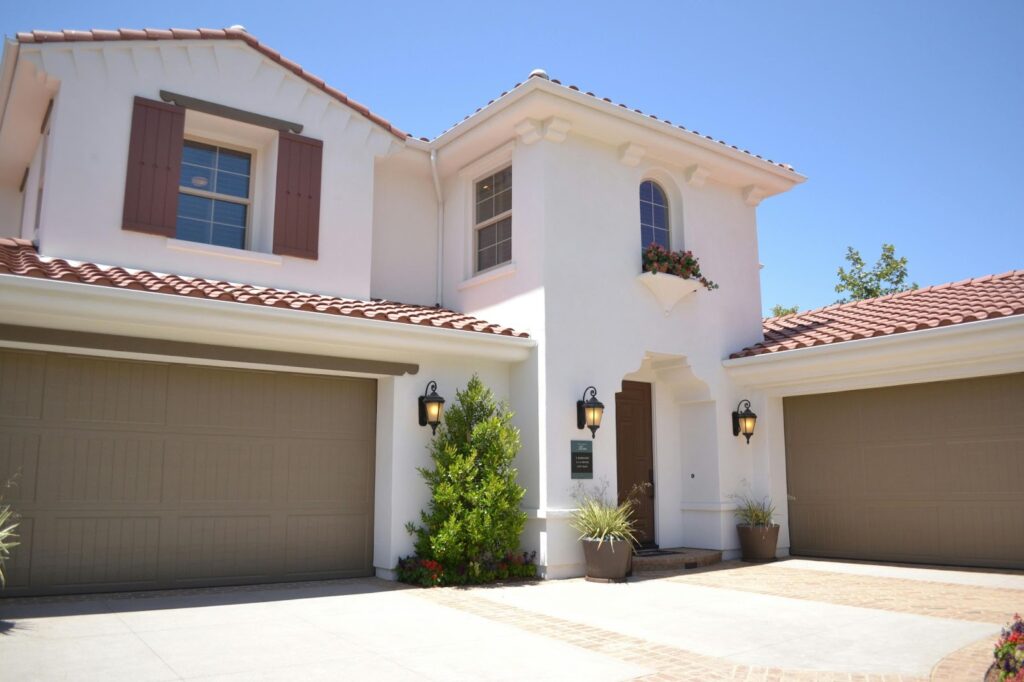Imagine it’s a busy weekday morning, and you step into the shower only to be met with a weak drizzle instead of a refreshing rinse, or perhaps you hear a gurgling noise from the kitchen sink that’s anything but reassuring. Plumbing issues like these can kill your day, but by learning the basics, you can prevent many problems before they start and handle minor issues with confidence.
The Essential Role of Plumbing
Plumbing is an integral yet often forgotten aspect of our homes. It delivers clean water for drinking, cooking and cleaning, while efficiently removing waste, thus enhancing our quality of life and basic hygiene. Whether it’s brushing your teeth in the morning or washing dishes after dinner, plumbing systems work tirelessly behind the scenes to support our daily routines.
Common Plumbing Problems and Solutions
Understanding common plumbing issues and how to address them to avoid future problems.
1. Dripping Faucets
Dripping faucets are among the most common plumbing problems. A leaky faucet may seem normal, but those steady drips can waste a surprising amount of water and inflate your utility bills. Often, the problem is due to a worn washer or a loose screw, both of which are straightforward fixes. By addressing a leaky faucet early, you can conserve water and keep your bills under control for future.
2. Blocked Drains
Clogged drains don’t just cause trouble but is a serious health hazard for homeowners. Over time, hair, soap, scum and food particles can build up in the pipes, causing water to drain slowly. A plunger can sometime fix it if that’s a minor blockage but major clogs might require a drain snake or professional help. Preventing clogs with regular cleaning and mindful disposal of water can save you from future headaches.
3. Running Toilets
A toilet that won’t top stop running can waste a significant amount of water with all the stink and leads to higher bills. This issue is often caused by a faulty flapper valve or fill valve, both of which are relatively easy to replace. Detecting and fixing this issue can save both water and your money, keeping your plumbing system running and efficient.
4. Water Heater Problems
If your morning shower suddenly turns icy, your water heater may need attention. It’s a common thing in countries like us in Canada where the temperatures get lower than expected every other winter. Common heater issues include leaks, inconsistent temperatures and strange noises. Regular maintenance such as flushing the tank can prolong the life of water heater and ensure you have hot water when you need it.
Preventative Measures for Plumbing Care
Preventing Plumbing issues before they arise is key to maintaining a smoothly functioning home. Some of the steps that you can take to keep your plumbing in top shape are as below
1. Regular Inspections
Scheduling regular plumbing inspections can catch potential problems before they become serious. A qualified plumber can detect small issues, such as minor leaks or weak water pressure, before they escalate, helping you avoid costly repairs and unexpected disruptions.
2. Mindful Drain Usage
Being conscious of your drain can help mitigate many plumbing challenges. For example, using drain covers can trap extra hair, soap, scum while avoiding pouring grease down the sink can prevent clogs. These simple habits go a long way in maintaining free- flowing drains and reducing the likelihood of blockages.
3. Know your shut-off Valves
Knowing where your main water shut off valve is located can be of great help in emergencies, such as major leaks or pipe burst. Familiarize yourself with locations of all shut-off valves in your home, including those for individual fixtures, to quickly stop the water flow if needed.
When to Call in the Professionals
While minor plumbing issues can often be handled with basic DIY knowledge, some situations require the expertise of a licensed plumber. Call a professional same-day plumber if you encounter:
– Persistent clogs that won’t clear with a plunger or drain snake easily.
– Major leaks that risk water damage or mold growth.
Embracing Sustainable Plumbing Solutions
Sustainable plumbing practices are becoming very popular among environmentally conscious people. Not only they help in reducing the water consumption but they can also lower the utility bills over time. Consider incorporating eco-friendly fixtures and systems into your home to conserve resources and promote sustainability.
at home.
– Plumbing work for renovations or remodeling, as these projects often involve complex piping adjustments from time to time.
Knowing when to seek expert help can prevent further damage and ensure your plumbing system functions as it should.
2. **Rainwater Collection**
For an even more sustainable approach, consider installing a rainwater harvesting system. Collected rainwater can be used for outdoor irrigation or even toilet flushing, significantly reducing your reliance on treated water and helping to conserve valuable resources.
Conclusion –
By empowering yourself with plumbing fundamentals, you can take a proactive role in maintaining your home’s plumbing system. With basic knowledge and understanding of common plumbing issues, preventive care and sustainable practices, you’ll be better equipped to handle minor repairs, make informed choices and know when it’s time to seek help from a professional.
So, the next time you encounter a plumbing challenge, remember that a little knowledge goes a long way! From fixing basic leaky faucets to adopting eco-friendly upgrades, you have the tools to improve your home’s plumbing and enhance the efficiency. Stay informed and proactive and your plumbing system will serve you well for years to come.






